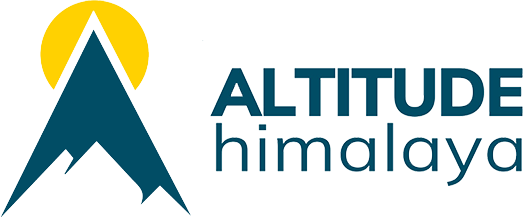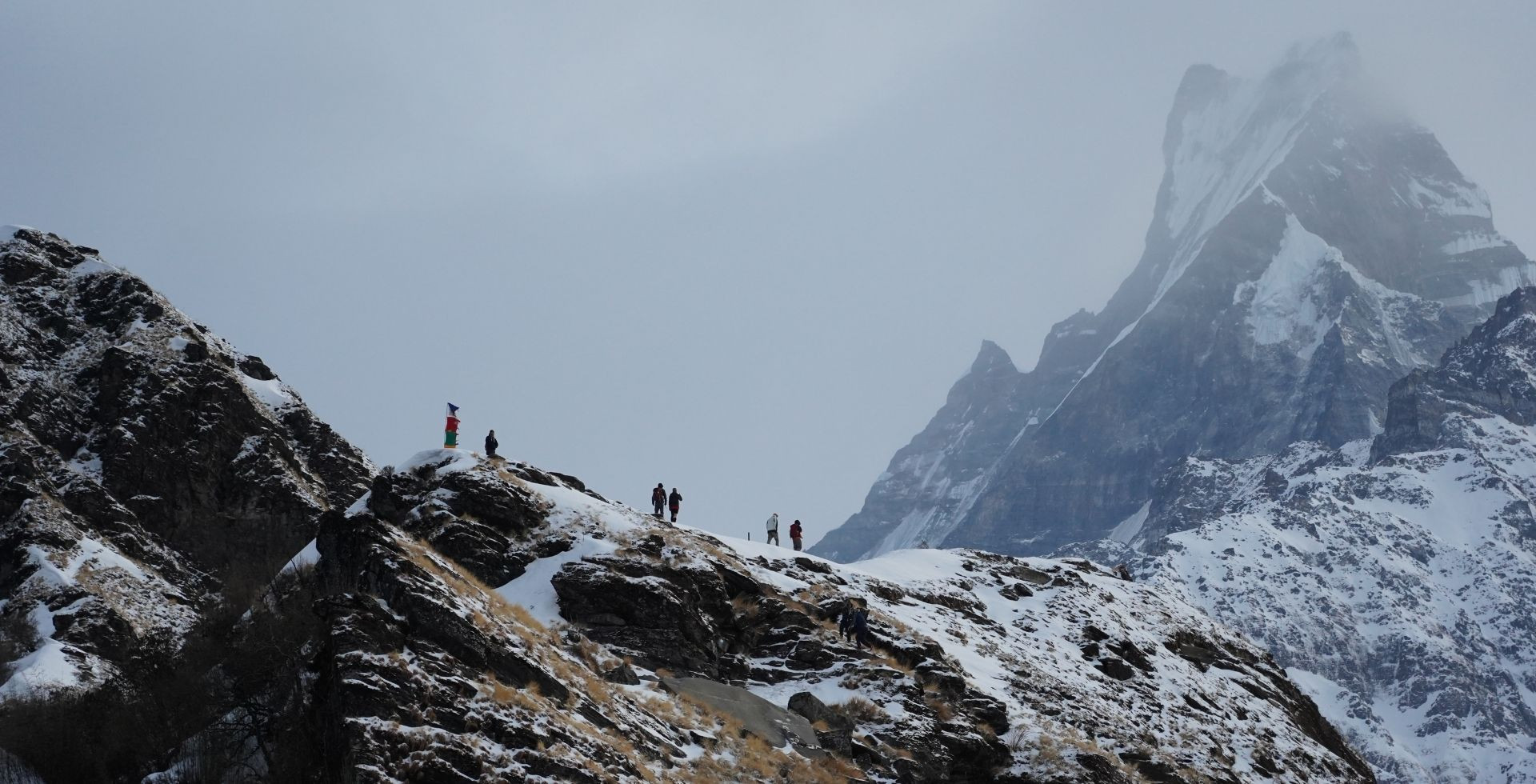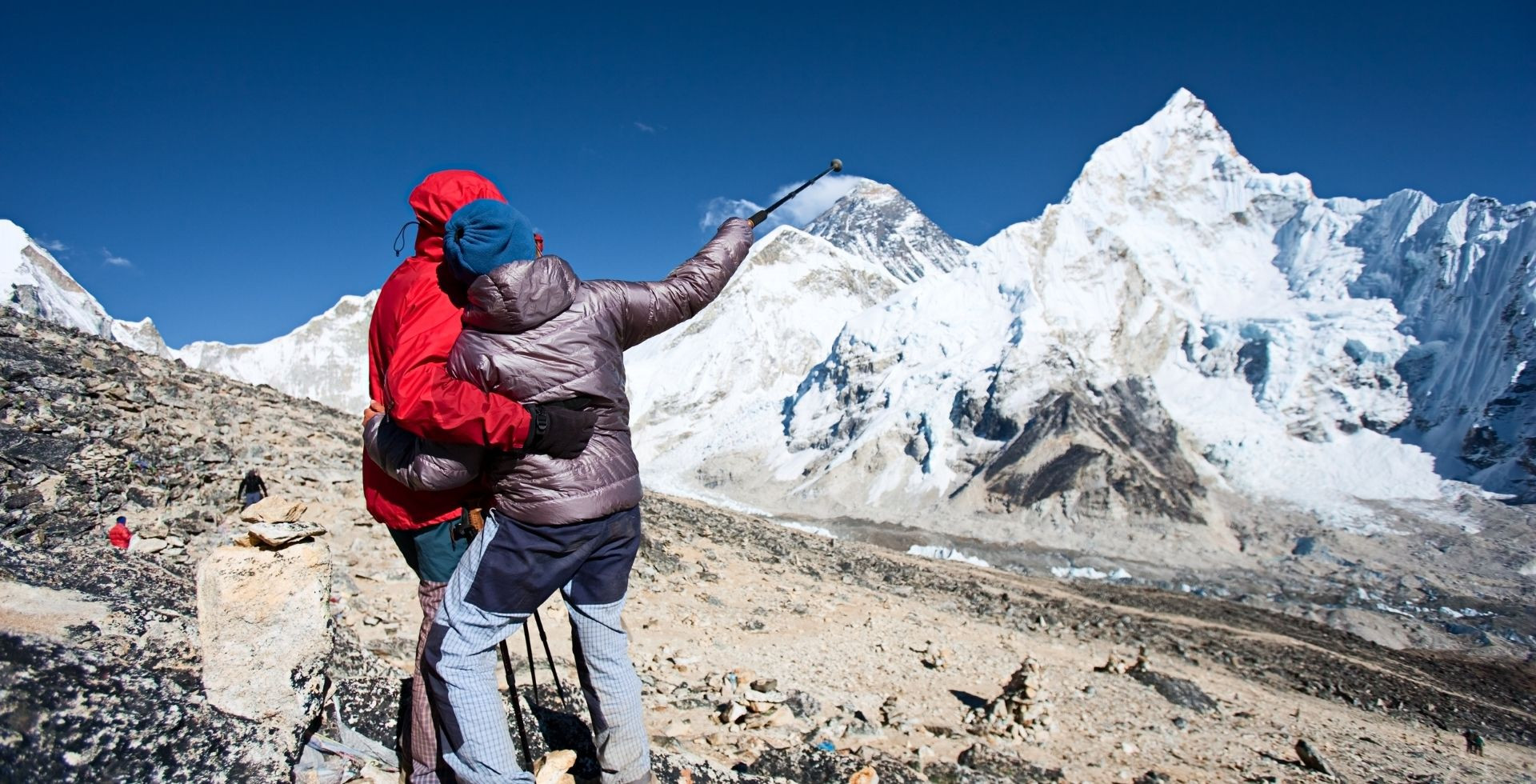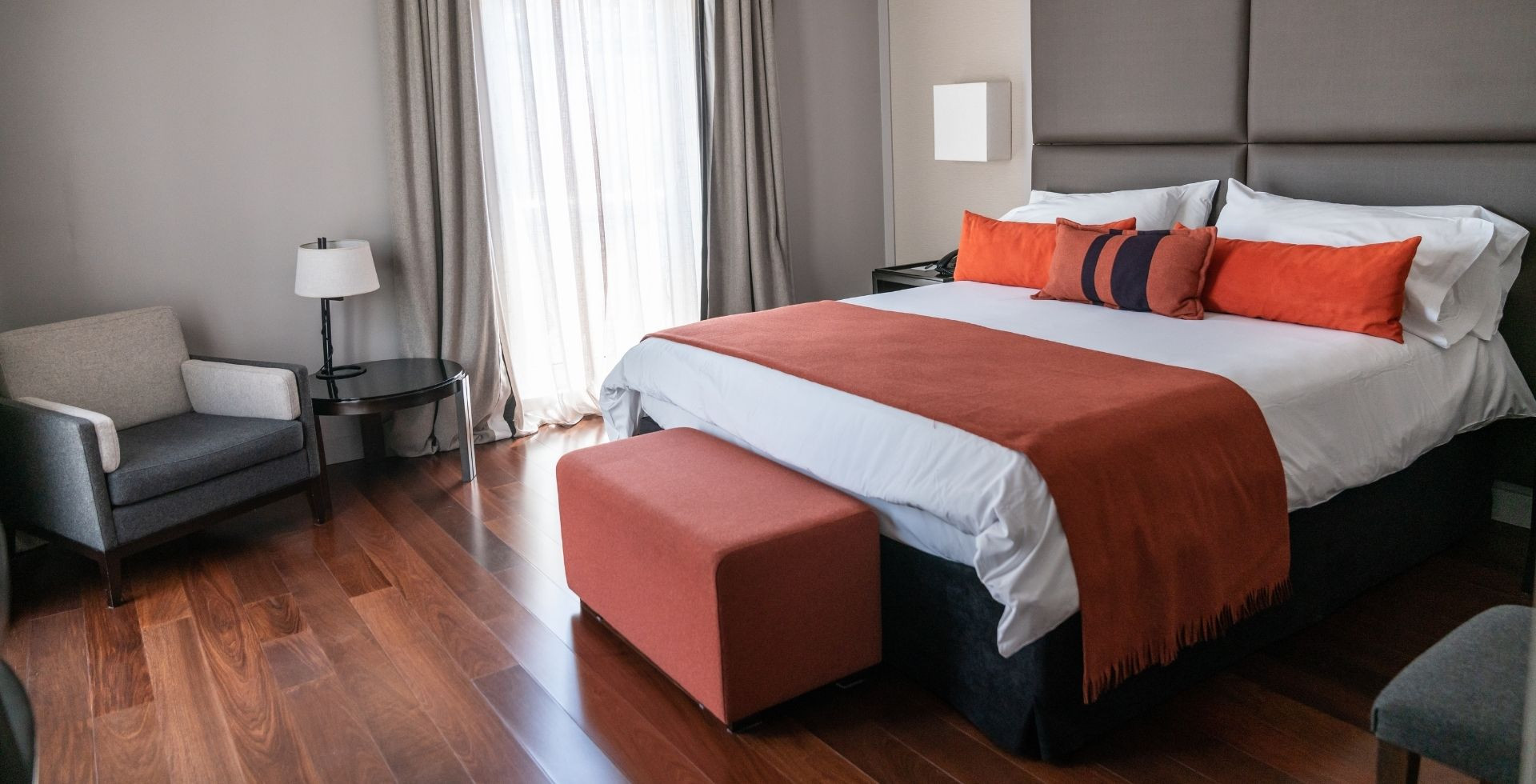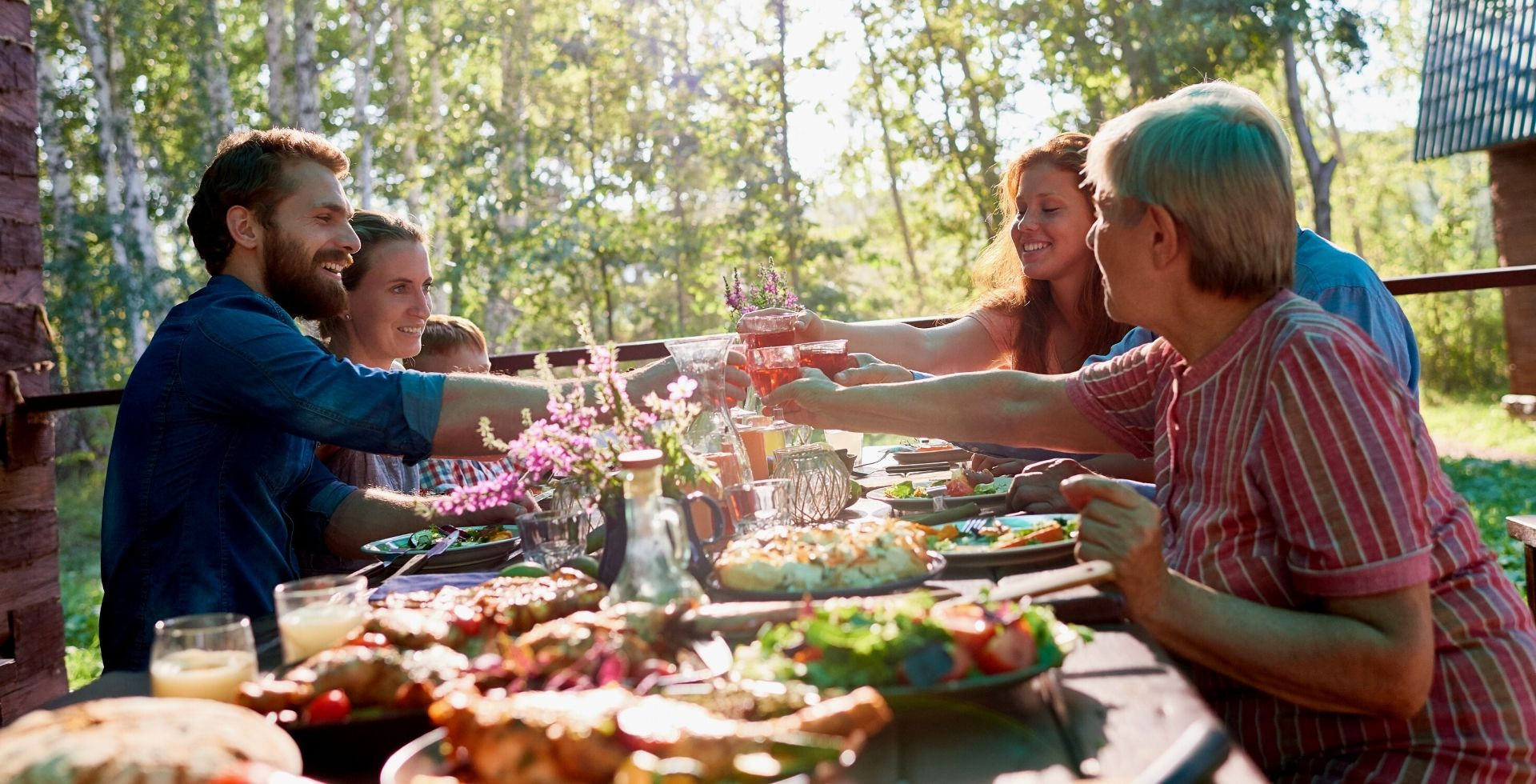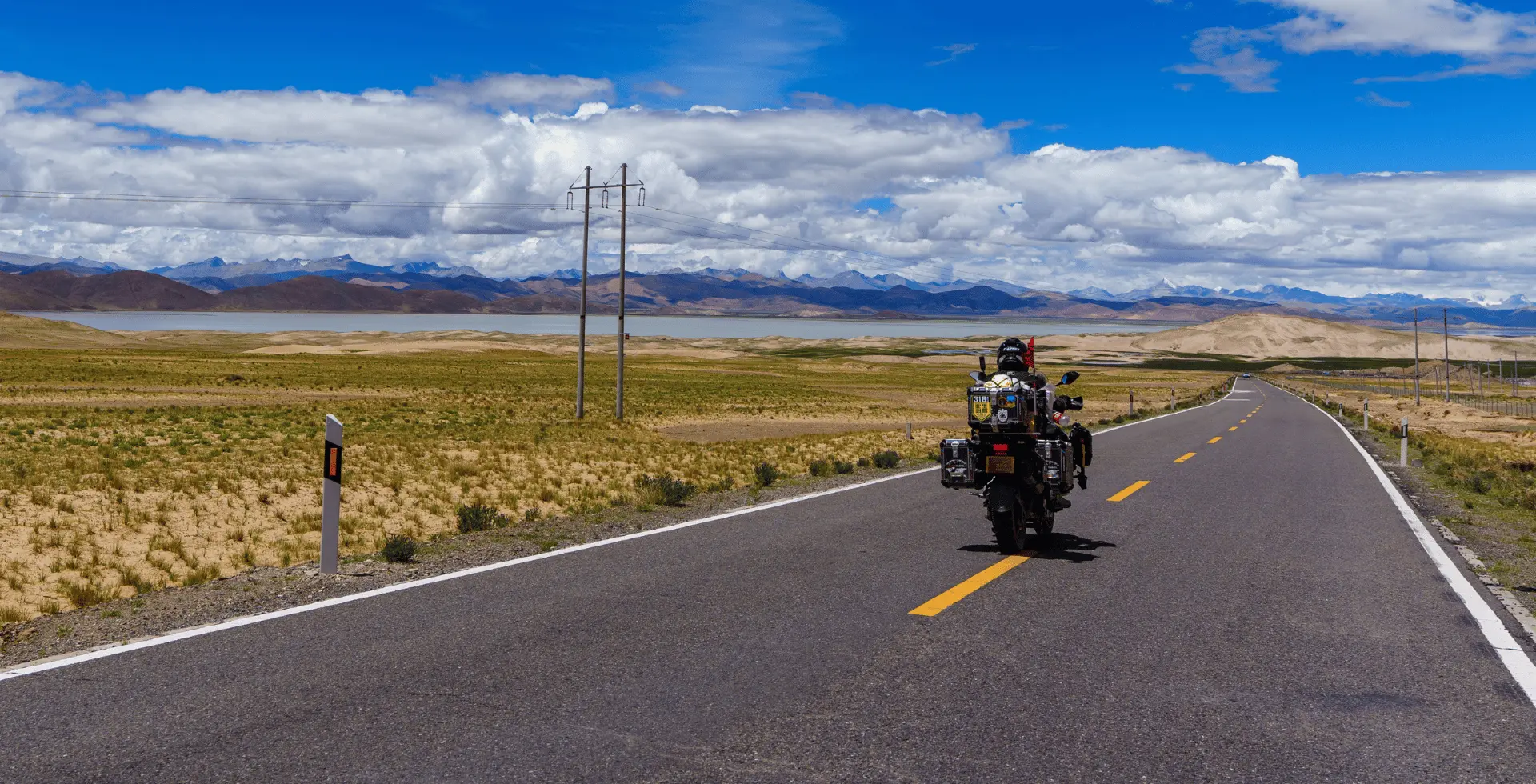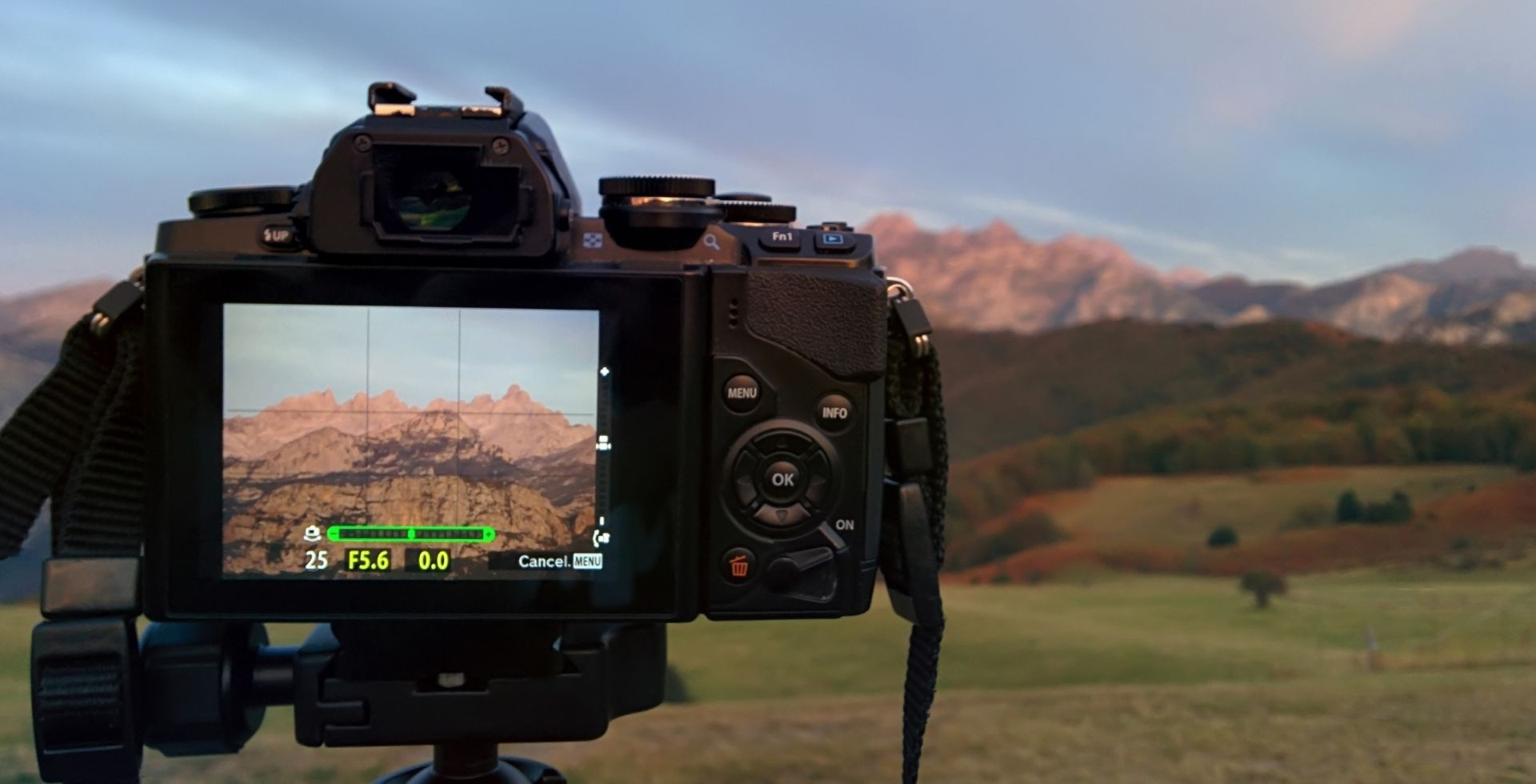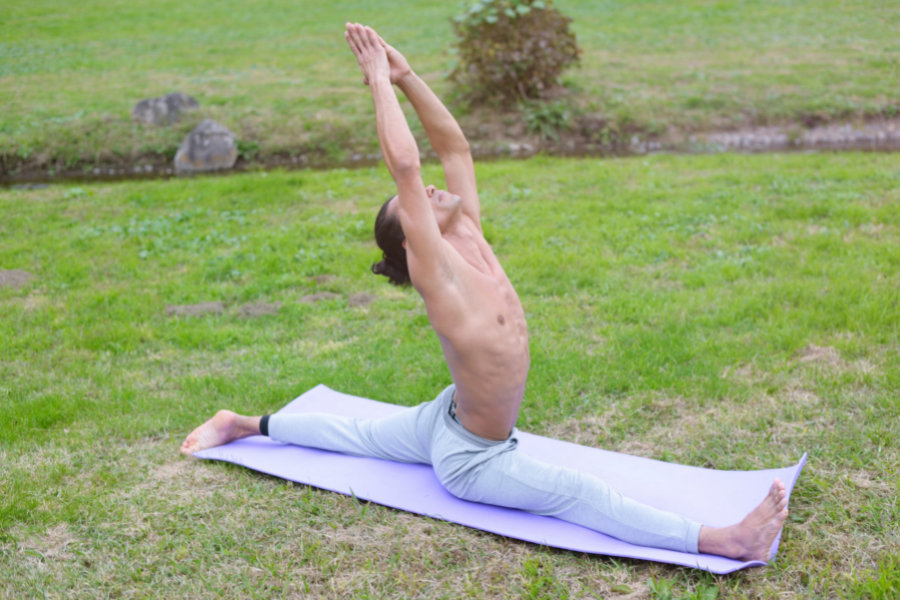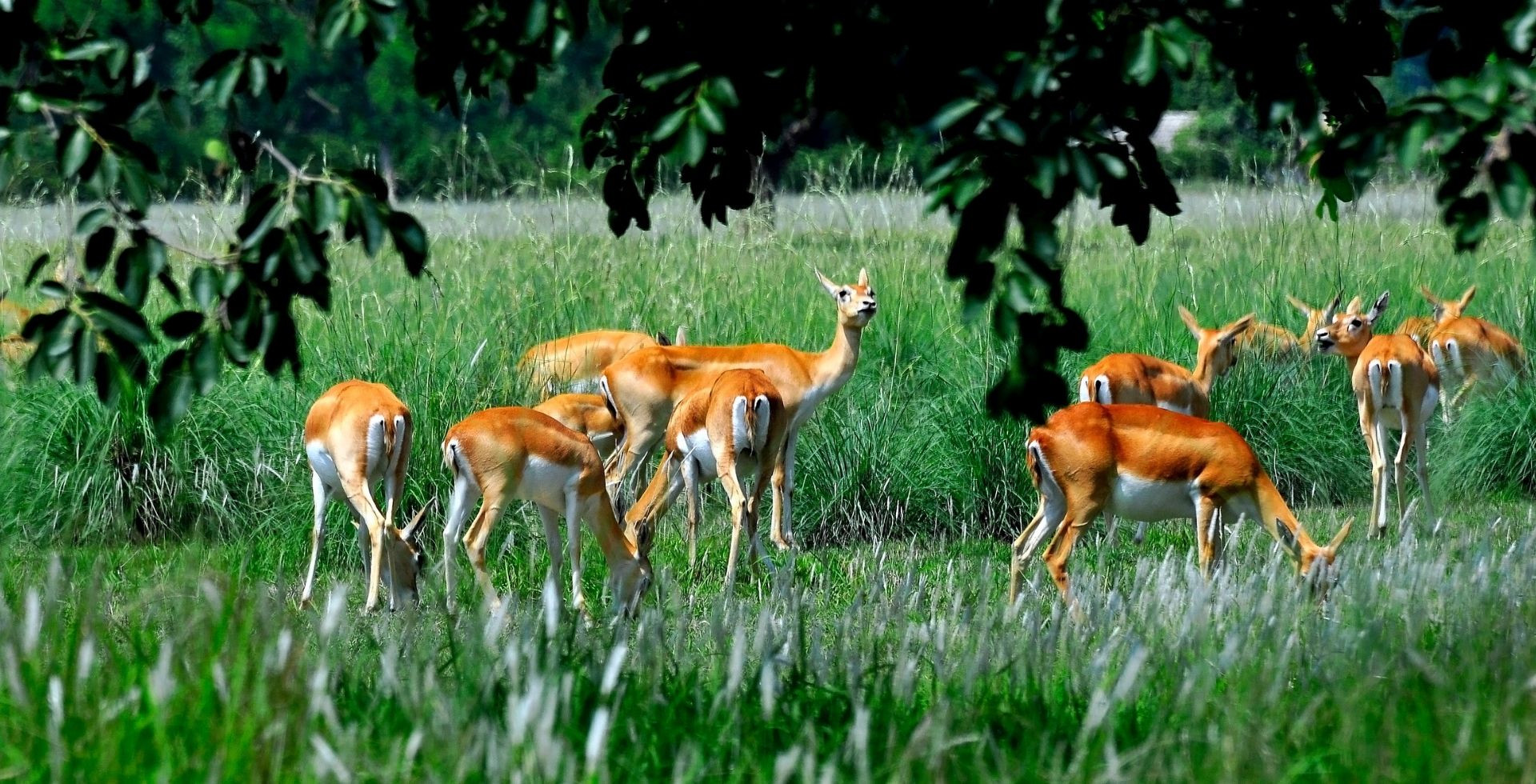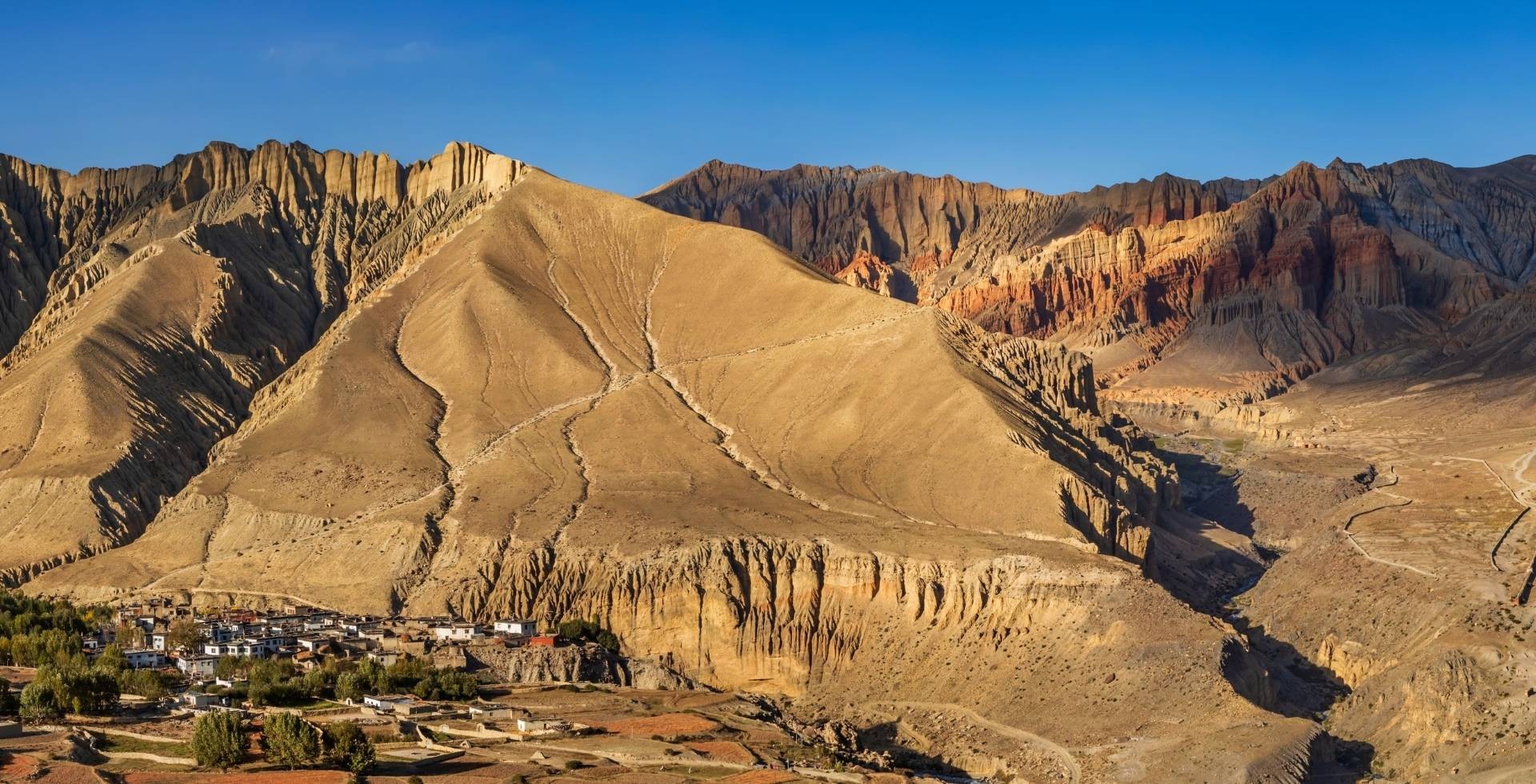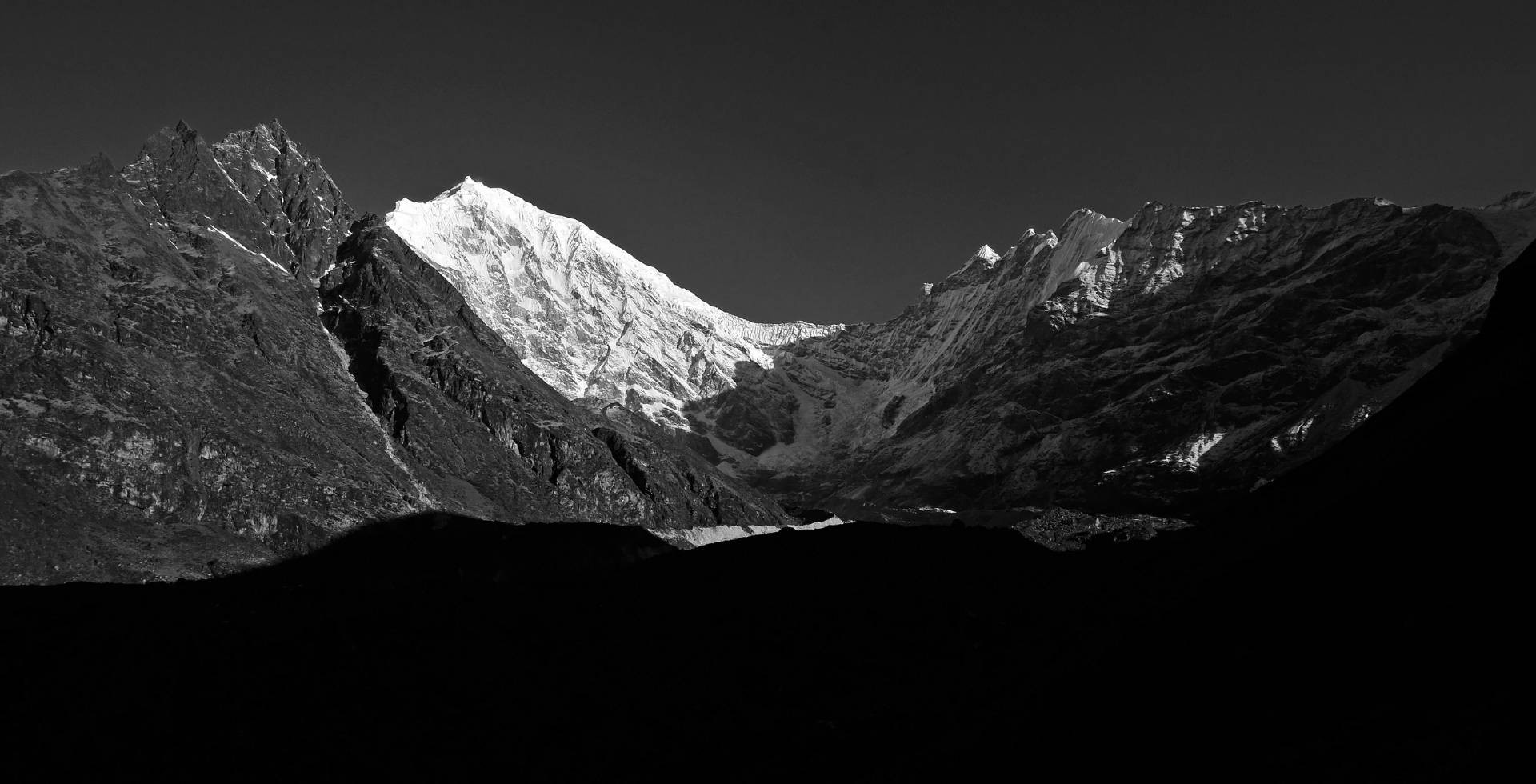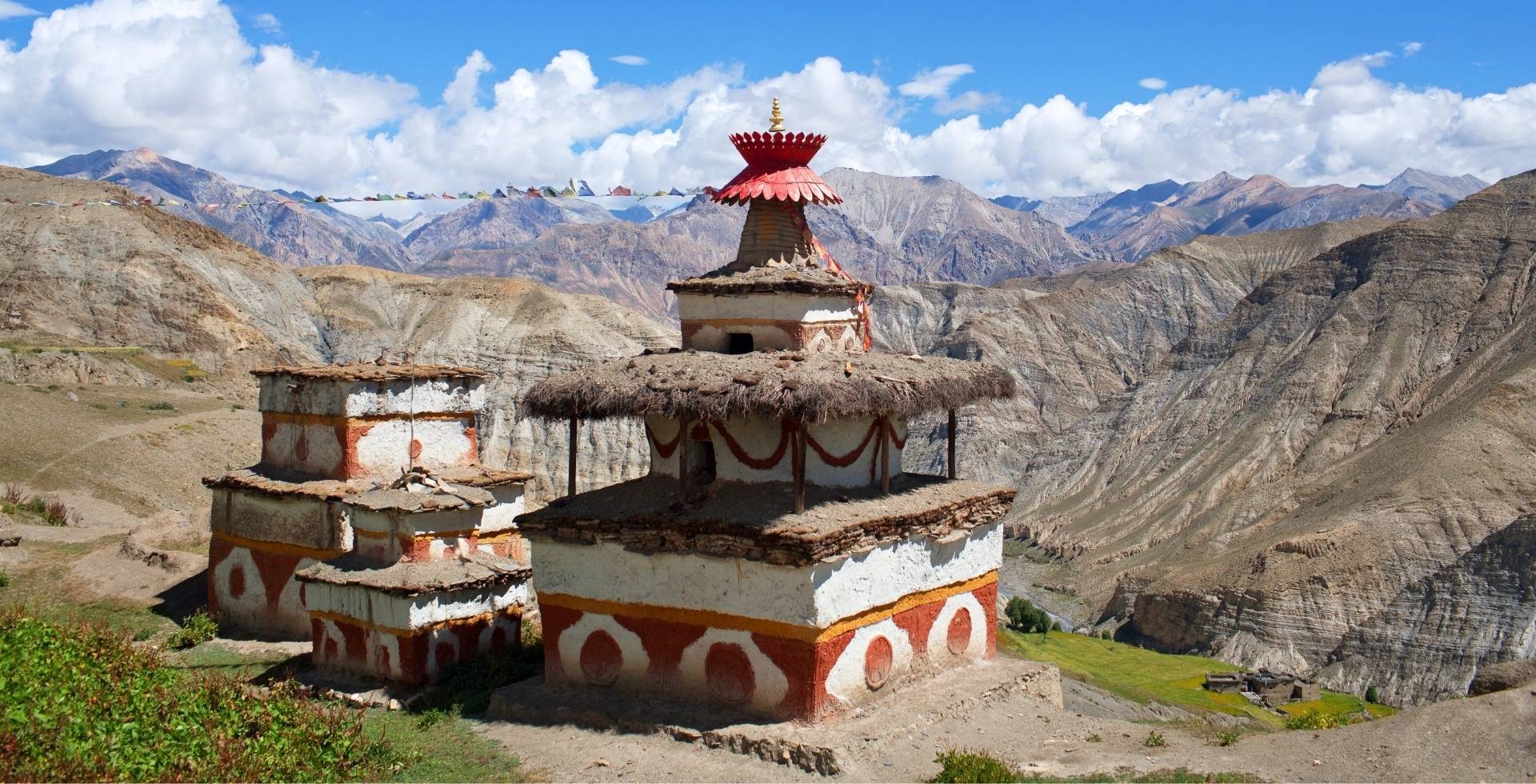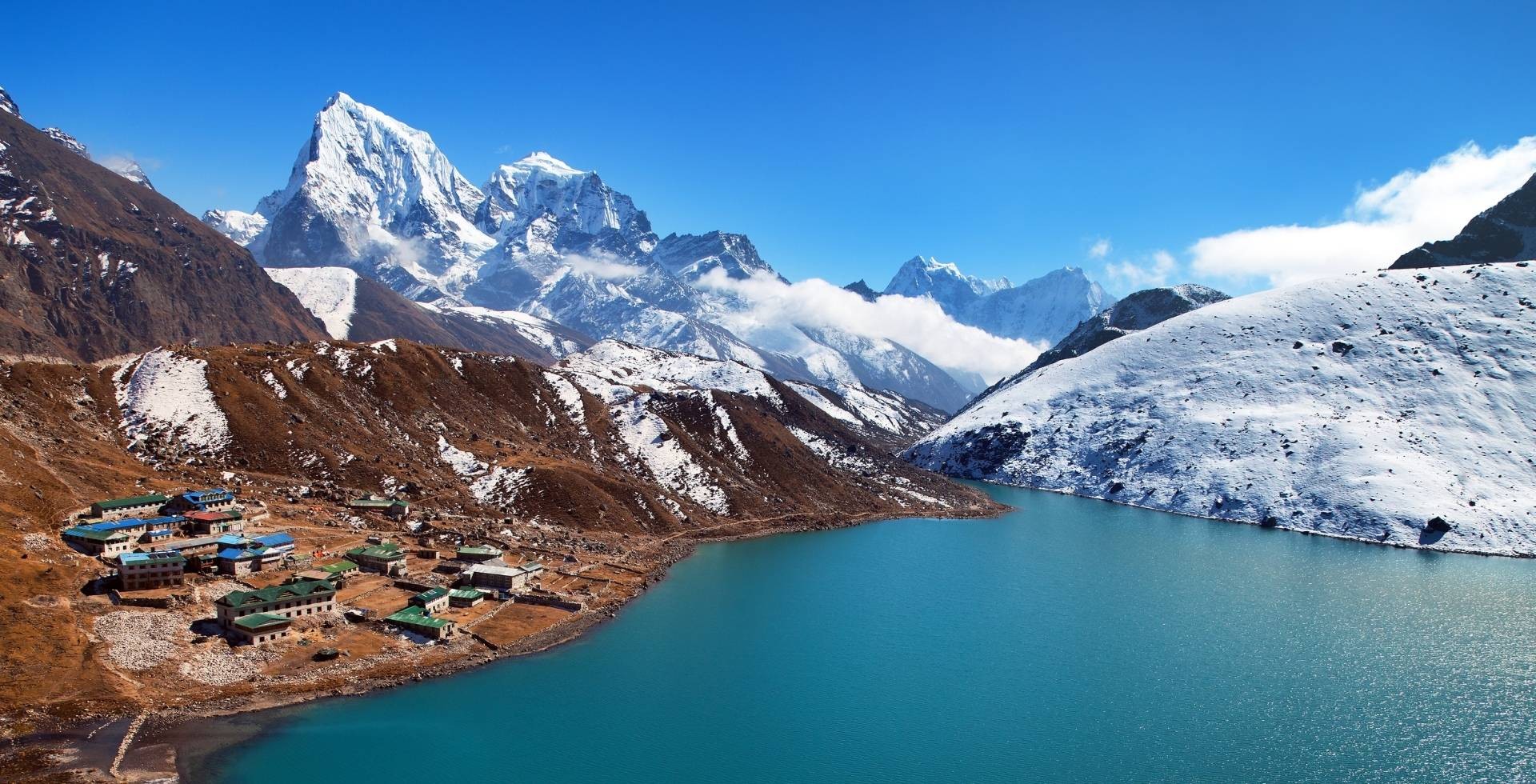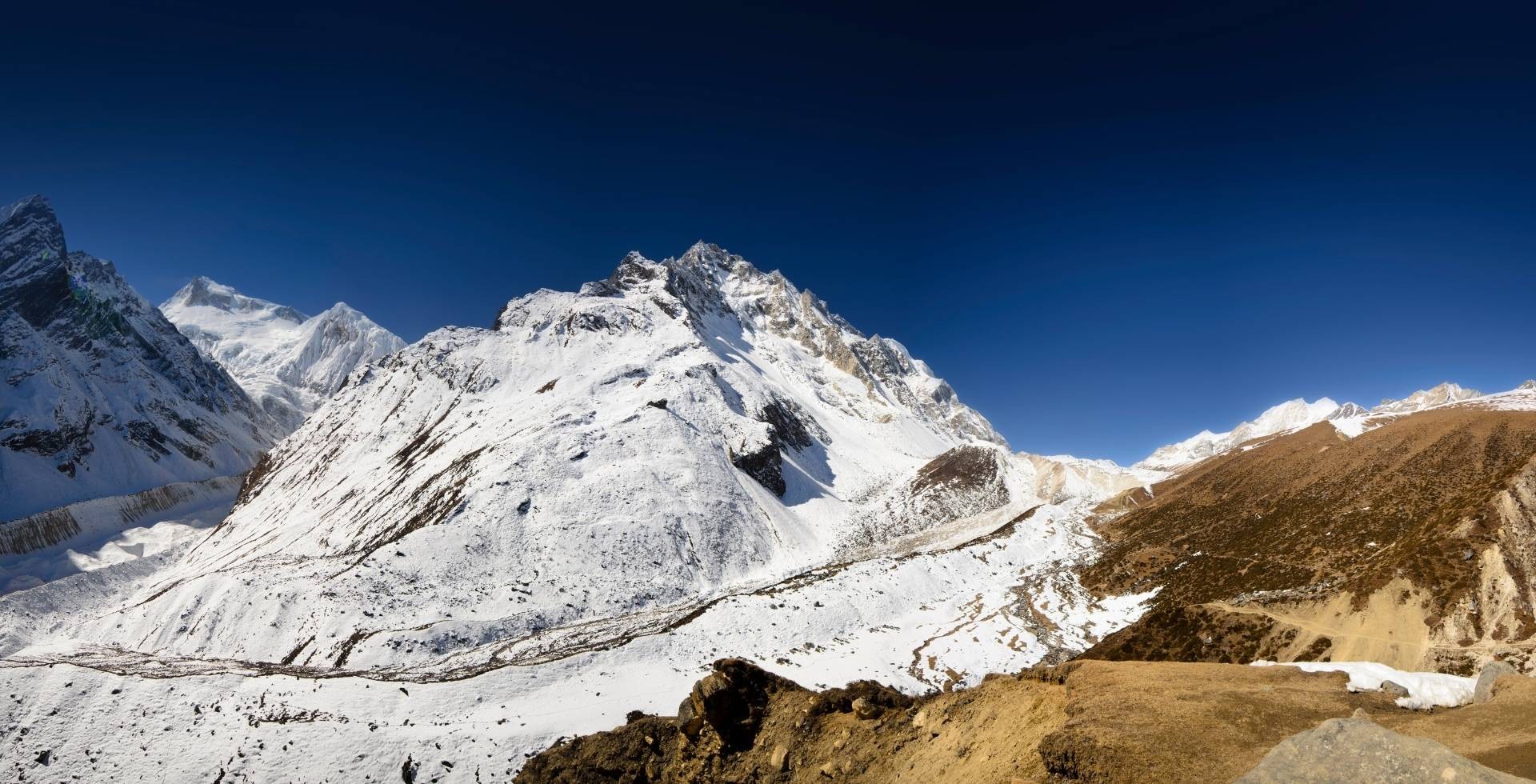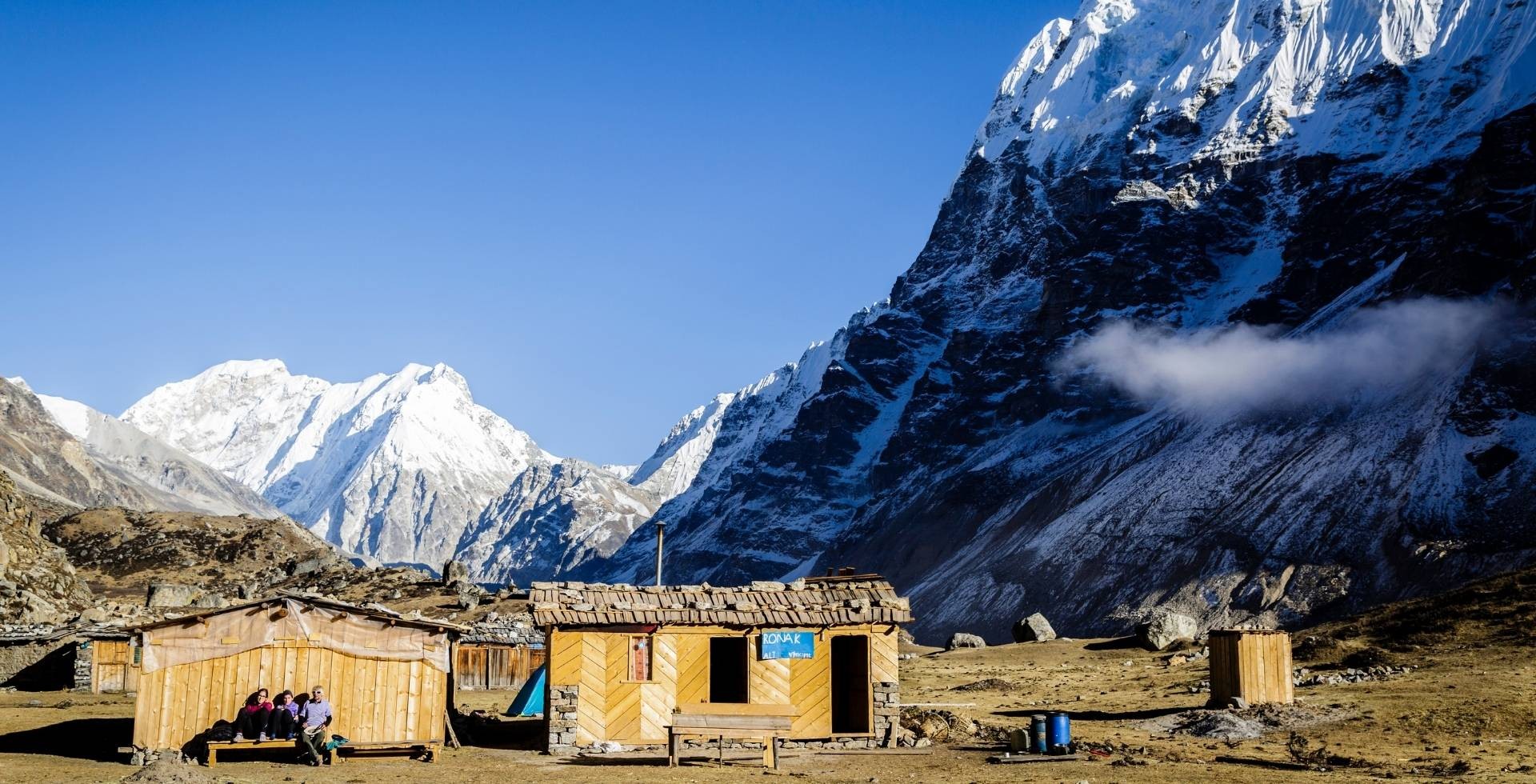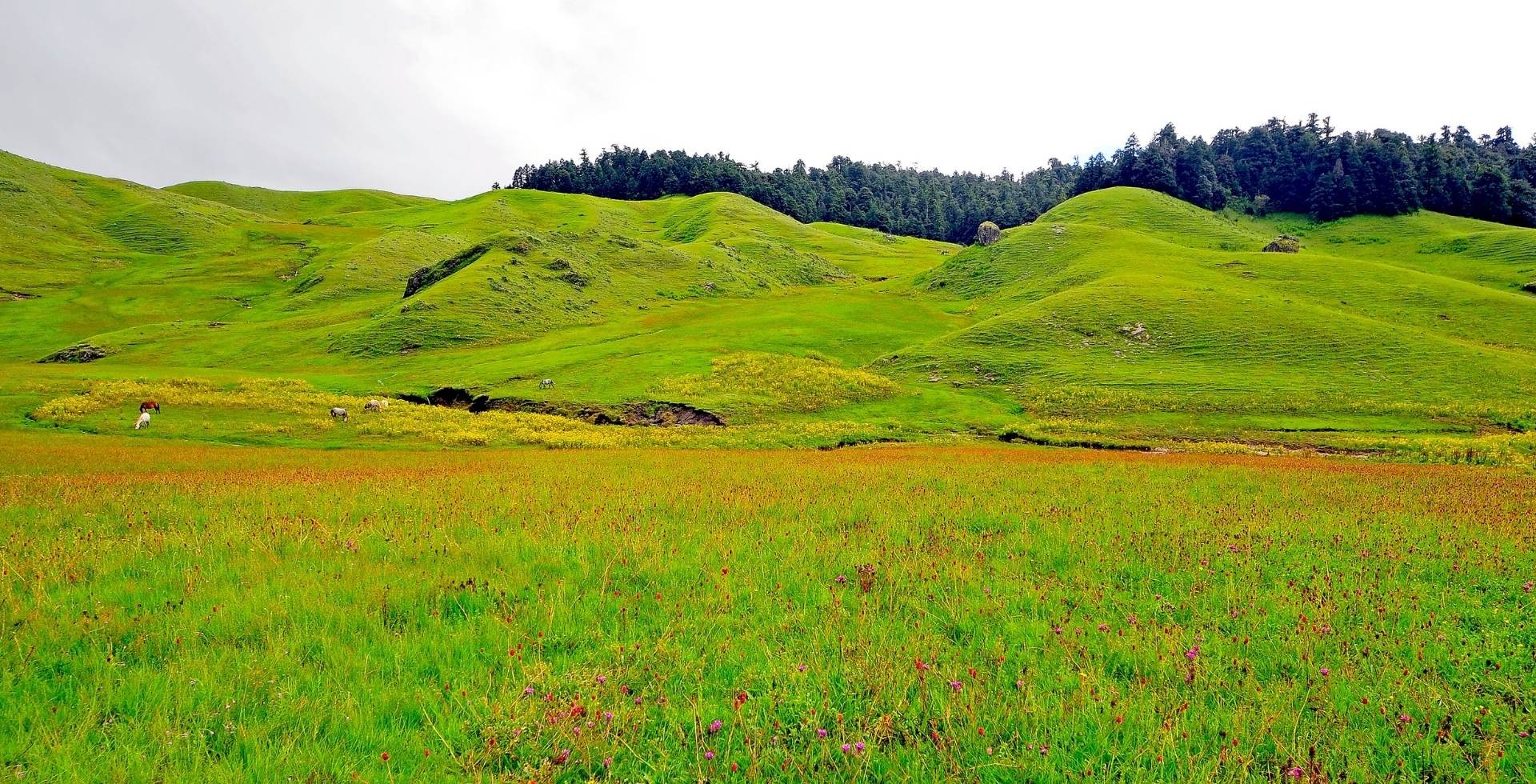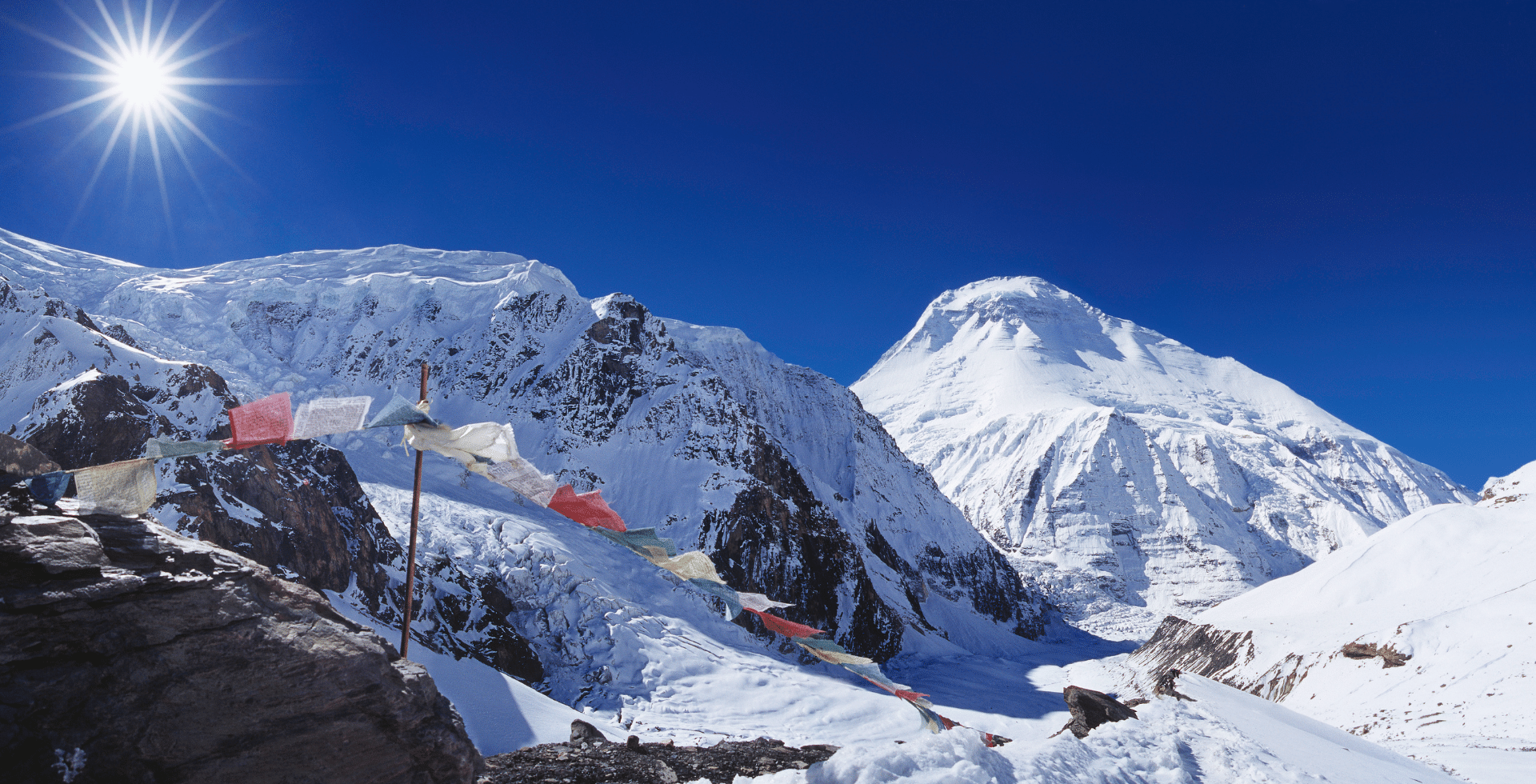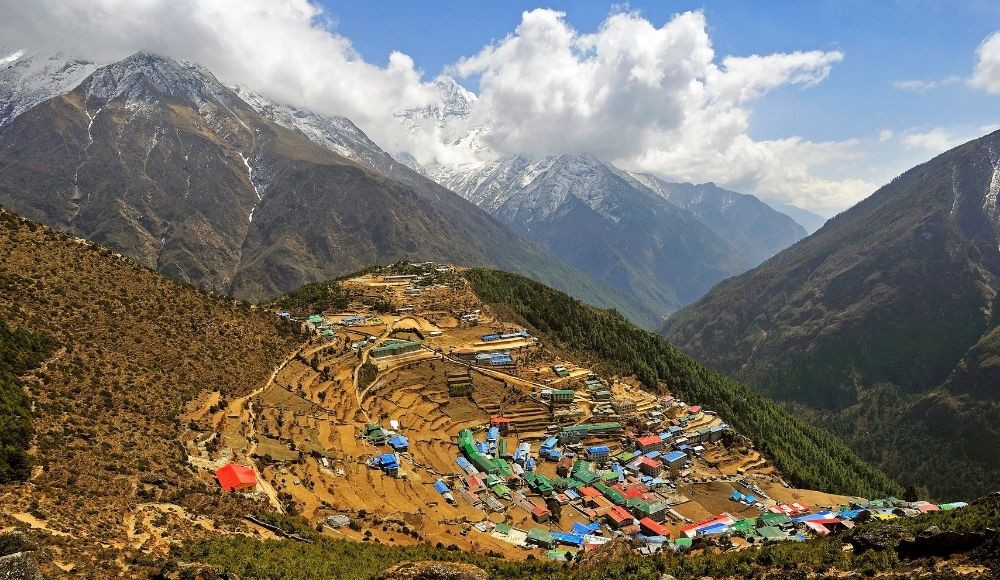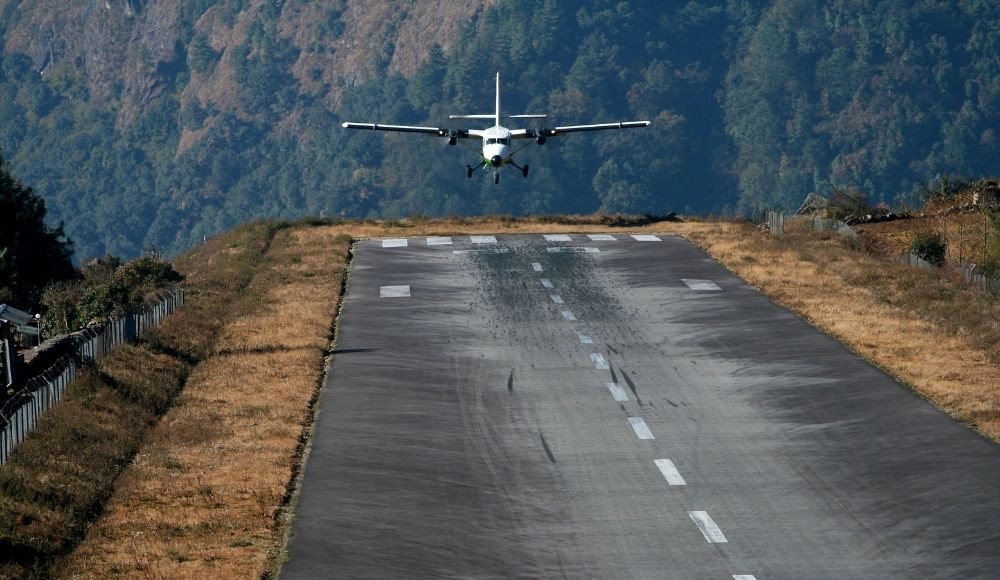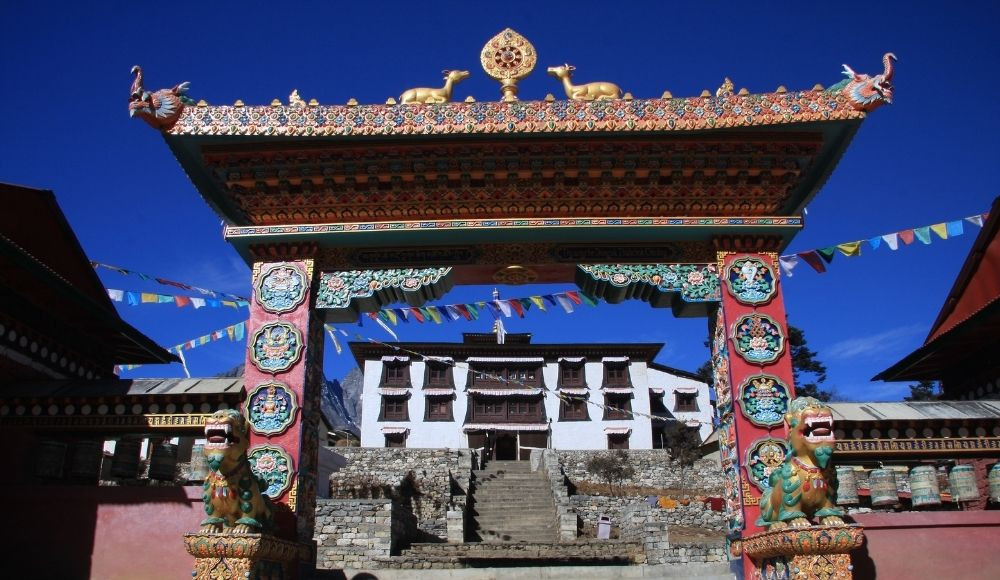Everest Panorama Trek is one of the shortest treks in the Everest region of Nepal. This trek is ideal for those enthusiastic time-bound travelers who are bound by time. Above all, it is an excellent choice to witness some of the mountain ranges of the Everest region including the highest peak in the world Mt. Everest within a short period. During your Everest panorama trek, you will witness the majestic vista of the world's highest Mountain standing tall at an elevation of 8849 m above sea level in front of your own eyes. Besides that, Thamserku (6608), Kangten (6782), Nuptse (7861m), Kusum Kanguru (6367m), etc can also be seen during the trek.
Experience the gift of Nature in the Khumbu valley of Nepal for a short duration. Similarly, you will also get to experience the tradition, culture, and warm hospitality of the Sherpas living in this region. The highest point of our Everest Panorama Trek is 3,867 meters above sea level. Because of that, it can be done by almost all age groups with no hiking experience. You will get to enjoy the jaw-dropping views of the mountain ranges, celestial sunrise, and sunsets with fewer trekking days. Similarly, you will get to see some of the most mesmerizing sunrises and sunsets of your life as you will be surrounded by graceful mountains.
Besides that, you can also add an optional day at Kathmandu to explore some of the UNESCO world heritage sites inside Kathmandu valley. You can also use this day as your last-minute shopping before your trek in the Everest region. If you are willing to explore the Kathmandu Valley then you will get to visit some of the heritage sites such as Swayambhunath, Boudhanath Stupa, and Kathmandu Durbar Square. Similarly, you can also use your last day of the Everest panorama trek to explore Bhaktapur Durbar Square and spend the night at Nagarkot which are optional activities.
Walking through the evergreen pine forest and viewing the jaw-dropping views of the high peaks is one of the main highlights of the Everest Panorama Trek. Being one of the shortest and easiest treks in the Everest region of Nepal it can be done by all age groups. Similarly, no hiking experience is required to complete this trek. Above all, our experienced trekking guide will always be by your side throughout the trek. Our guide will make sure of your comfort, safety, and security.
Sagarmatha National Park
There are 12 national parks in Nepal and Sagarmatha national park is one of the 12 national parks. Sagarmatha national park is arguably the most popular national park as it is listed as a UNESCO World Heritage site. Located in the Solukhumbu district of Nepal it is spread over 1,148 square kilometers. Similarly, the lowest altitude of Sagarmatha national park is 2,845 meters above sea level. Meanwhile, the highest point of Sagarmatha national park is 8,848 meters above sea level which is Mt. Everest itself. Some of the most popular high peaks inside Sagarmatha national park include Mount Everest, Thamserku, Amadablam, Nuptse, Cho Oyu, Lhotse, etc. Various species of flora and fauna can be seen during the Everest panorama trek. For Example, you may witness Himalayan Thar, Musk Deer, or the Snow Leopard if you are lucky.
Lukla - Most thrilling airport on the planet
Lukla is one of the most popular places in the Khumbu region of Nepal. Situated at an elevation of 2,860 meters above sea level. The word Lukla translates to places with many goats and sheep. The most dangerous airport in the world, Tenzing Hillary airport is situated at Lukla. Once a tiny farming village, Lukla has grown a lot in the recent few decades. Recently, you can observe many hotels and restaurants here. Lukla is the starting point of one of the most admired and rewarding treks in the world - the Everest Base camp trek. Similarly, a lifetime experience and a daring Everest summit also start from Lukla.
Namche Bazaar - Sherpa Kingdom
Namche Bazaar is probably the most popular place in Solukhumbu. Situated at an elevation of 3,440 meters above sea level. Similarly, it lies on the slope of an arch-shaped mountain. Also known as the main trading hub for the Khumbu region, Namche bazaar was once a trading hub. There are various hotels, restaurants, and equipment stores around Namche Bazaar. Although situated at such a high altitude, regular pubs and cyber cafes are also available here. Kongde Ri 6,187 lies in the west as well as the Thamserku is in the south of Namche Bazaar.
Khumjung Village
Khumjung village lies in the Khumbu Pasang Lhamu rural municipality of Solukhumbu district. This marvelous village is also one of the largest villages in the Khumbu region. Meet the charming local people and experience the warmth of the sherpa culture during your stay at Khumjung. Khumjung village sits on the lap of Mount Khumbila and you can also observe the mountains from different angles.
Unlike other villages in higher places, this village has modern communication facilities such as phones and the Internet. Khumjung School is also situated in this village and was built by Sir Edmun Hilary’s Himalayan Trust in 1961. You can also explore the Khumjung Monastery in your spare time. The Scalp of Yeti is still preserved in the Khumjung Monastery and you can have a glance at it after donating a few amounts to the Monastery.
Tengboche Monastery - The blessing point of the Everest region
Also known by the name Dawa Choling Gompa, Tengboche Monastery lies at an elevation of 3,867 meters above sea level. It is the largest and most influential Buddhist monastery (Gompa) in the Khumbu region. Meanwhile, Lama Guru built this Monastery in 1916 making it one of the attractions in the Everest region. Inside the monastery, you can witness some rare and centuries-old inscriptions about Buddhism.
Tengboche Monastery is located at the hilltop at the confluence of Dudh Koshi and Imja Koshi. Surrounded by beautiful peaks you get a 360 view of stunning mountains including Mt. Everest. Besides the view, it has cultural importance to its people and the Mani Rimdu Festival of Sherpas is one of the most significant festivals celebrated at this monastery. This festival falls from October to November and lasts for 19 days.
Best Time for Everest Panorama Trek
The highest point of the Everest Panorama Trek is 3,867 meters above sea level. Because of that, it can be explored almost throughout the year. But during the winter season of the year from December to the first week of February, the chances of snowfall are high. Because of that, it is better to avoid these two months of the year. Similarly, during the monsoon season of the year, the trek route is slippery and due to the excess rain in the lower region the flight to Lukla may be delayed and you may not get the scenic view.
The best months to go on an Everest panorama trek are October to November. If you visit the Tengboche Monastery during these months of the year then you may experience the Mani Rimdu festival. It is one of the most significant festivals for the sherpas living in the Khumbu region. Another best time for the Everest panorama trek is during March and May. The sky is clear and jaw-dropping views of the mountain ranges can be seen. The chances of rainfall are also very less during these months of the year. Above all, You will witness the beautiful rhododendron flower blooming all over the trails in the lower part.
Everest Panorama Trek Difficulty
The Everest Panorama Trek is considered to be one of the most comfortable treks in the Everest region. It is also one of the shortest treks available in this area. The difficulty level of this trek can range from easy to medium, as it typically takes about a week to complete. You will have the opportunity to visit th breathtaking viewpoints of the Everest region, which are easily accessible and do not require intense trekking. You can leisurely make your way to the vantage points of the Khumbu region, where you can admire the majestic mountains. The path is well-maintained and more enjoyable than other trekking trails. While trekking to the highlands of Nepal, another potential challenge is high altitude sickness. This condition can affect individuals above 2,400m, and considering that the average elevation of the Everest region is around 3,000m, this trek can be quite challenging in terms of altitude. However, you will have the opportunity to walk at a comfortable pace and acclimatize gradually. Additionally, a professional trekking guide will accompany you throughout your journey, ensuring your safety in the mountains.
